How Does Air Pollution Impact Asthma? | CMI Health Blog
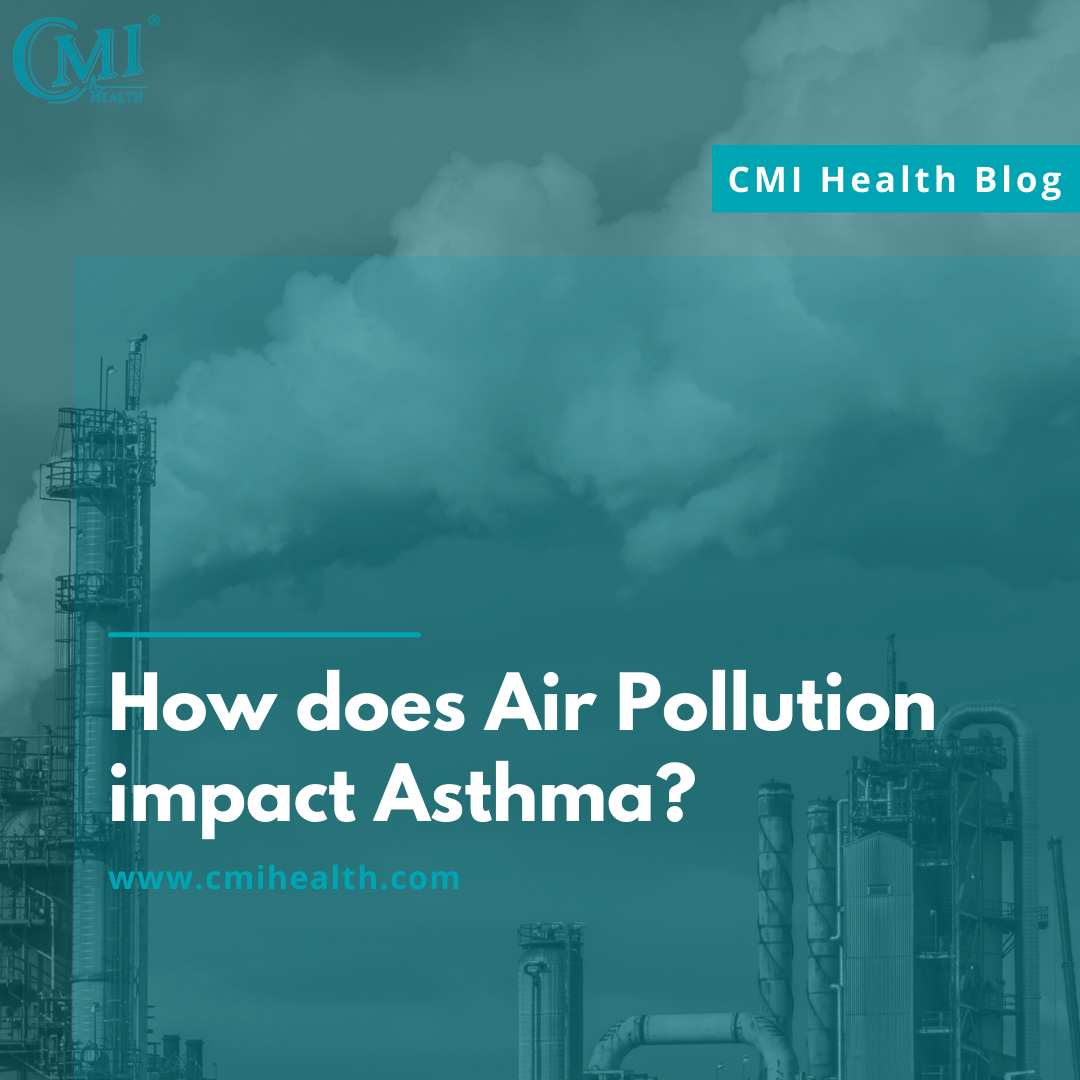
Living with asthma can already present challenges, but when faced with poor air quality, the impact on respiratory health can be even more severe. Air quality plays a vital role in the management of asthma. People with asthma have sensitive airways that react to various triggers, including pollutants and allergens present in the air. When exposed to poor air quality, these triggers can cause inflammation, tightening of airways, and increased mucus production, leading to asthma symptoms such as coughing, shortness of breath, and chest tightness. By understanding this connection, you can take proactive steps to protect your respiratory health and manage asthma more effectively.
How does air pollution impact asthma?
Air pollution refers to the presence of harmful substances in the air, including particulate matter, nitrogen dioxide, ozone, and volatile organic compounds. These pollutants can originate from various sources, such as vehicle emissions, industrial activities, and even natural events like wildfires. When individuals with asthma are exposed to air pollution, their already sensitive airways become more prone to inflammation and irritation, leading to worsened asthma symptoms.
Air pollutants can trigger an inflammatory response in the airways, causing them to become swollen and narrow. This inflammation makes it harder to breathe, leading to worsened asthma symptoms such as coughing, wheezing, shortness of breath, and chest tightness. Individuals with asthma who are exposed to high levels of air pollution may experience more frequent and severe asthma attacks. Air pollutants can act as direct triggers for asthma symptoms and can also amplify the effects of other triggers, such as allergens or exercise.
Common air pollutants like wildfires produce vast amounts of smoke that can travel great distances, affecting air quality even in regions far from the fire. For example, during the recent Canadian wildfires that drifted down to the East Coast, encompassing major US cities, NYC was given the status of worst air quality in the world. NYC reached an AQI of 342, a level considered hazardous for all residents.
The smoke contains harmful particulate matter (PM), which consists of tiny particles and liquid droplets that can be inhaled deep into the lungs. This PM is a mixture of gases, chemicals, and other pollutants that can trigger asthma attacks and exacerbate existing respiratory conditions. Prolonged exposure to air pollution can have a cumulative effect on lung health, leading to a decline in lung function over time. This decrease in lung function can make asthma symptoms more challenging to manage and increase the risk of respiratory complications.


NYC, June 2023. Photo Credit: Mac West
How do I protect myself?
- Medication: When air pollution levels are high, individuals with asthma may require higher doses of medication to maintain control over their symptoms. Always consult with your healthcare provider to review and adjust your medications as needed and work with your physician to develop an asthma management plan that is right for you. Be vigilant about taking prescribed medications regularly to maintain good asthma control.
- Real-Time Awareness: Monitoring air quality allows individuals with asthma to stay informed about pollutant levels in their surroundings. This information can help them make informed decisions about outdoor activities and take necessary precautions to minimize exposure. Using self-management apps that track the air pollution in your area, like AsthmaGo®, can help users stay on top of symptoms and prevent exposure.
- Utilizing Air Quality Index (AQI): The Air Quality Index provides a standardized measure of air quality and categorizes it into different levels, ranging from good to hazardous. By regularly checking the AQI, individuals with asthma can adjust their plans and take appropriate steps to protect their respiratory health. Using the AsthmaGo® app allows users to conveniently check the AQI as they monitor their triggers, track medications, and log daily symptoms.
- Limit Exposure: Monitoring air quality can help individuals with asthma to identify trends and patterns in their local area. Individuals with asthma should plan activities and reduce the amount of time outside when pollution is high. Avoid outdoor exercise during times of high pollution, use air purifiers with HEPA filters at home, and keep doors and windows closed.
Air pollution poses a significant threat to individuals with asthma, as it can exacerbate symptoms, reduce lung function, and increase the risk of respiratory complications. By understanding the impact of air pollution on asthma and actively monitoring air quality, you can take proactive steps to minimize exposure and protect your respiratory health. Stay informed, adapt your routines, and work closely with your healthcare providers to develop a comprehensive asthma management plan that addresses the challenges posed by air pollution.
Still have questions about how AsthmaGo®? Feel free to contact us at info@cmihealth.com or call us at 888-985-1125 (ext. 1).



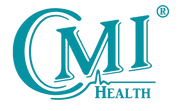
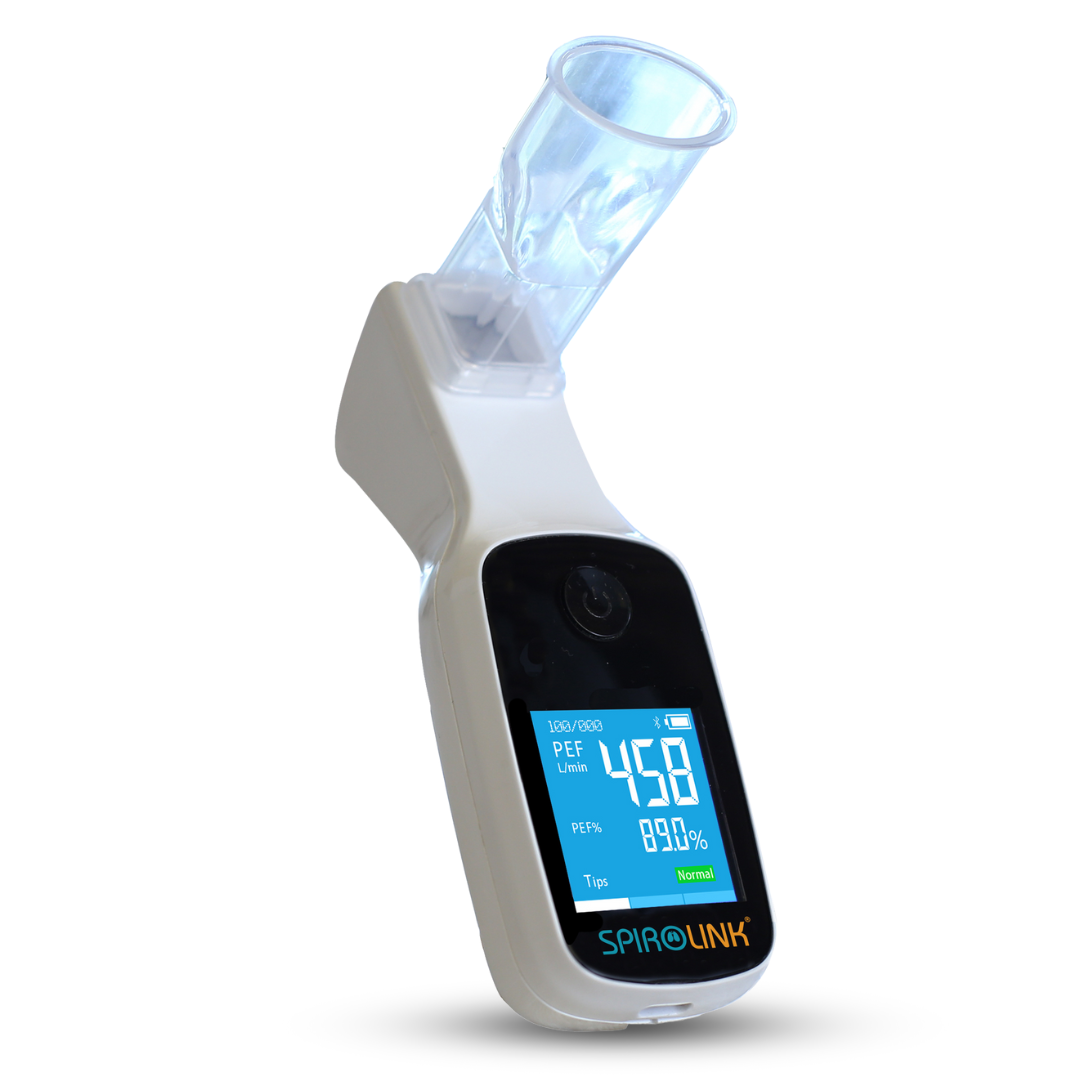


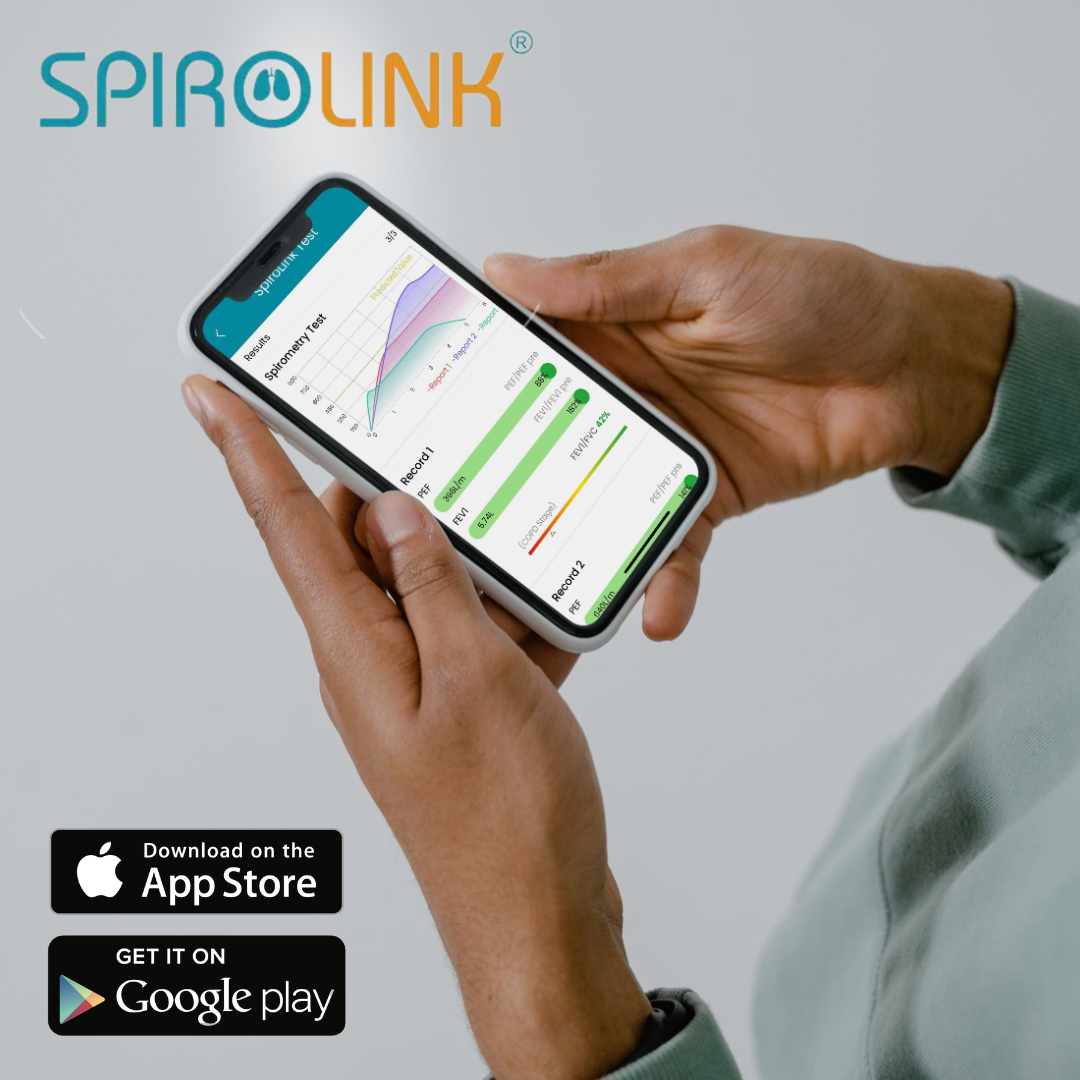
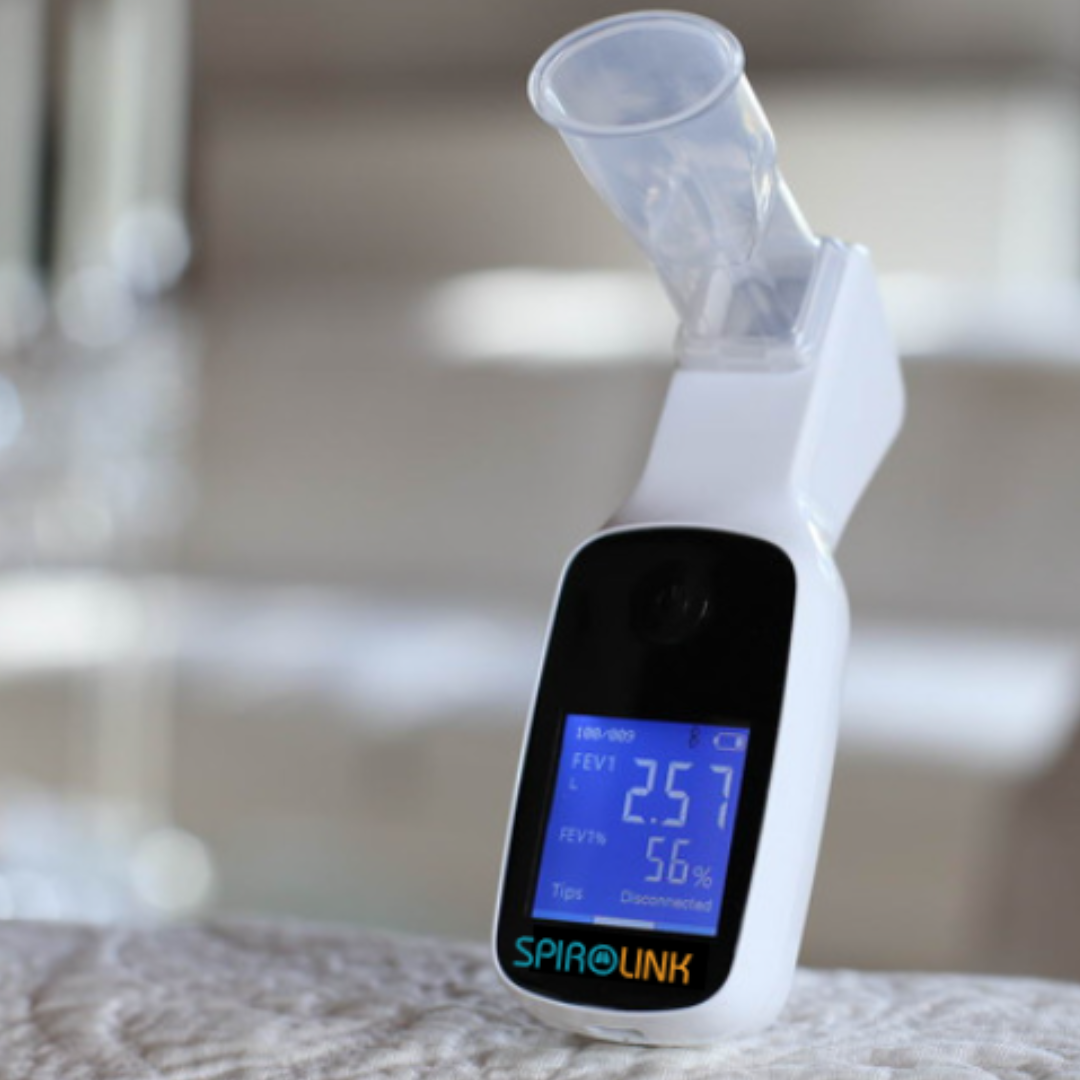

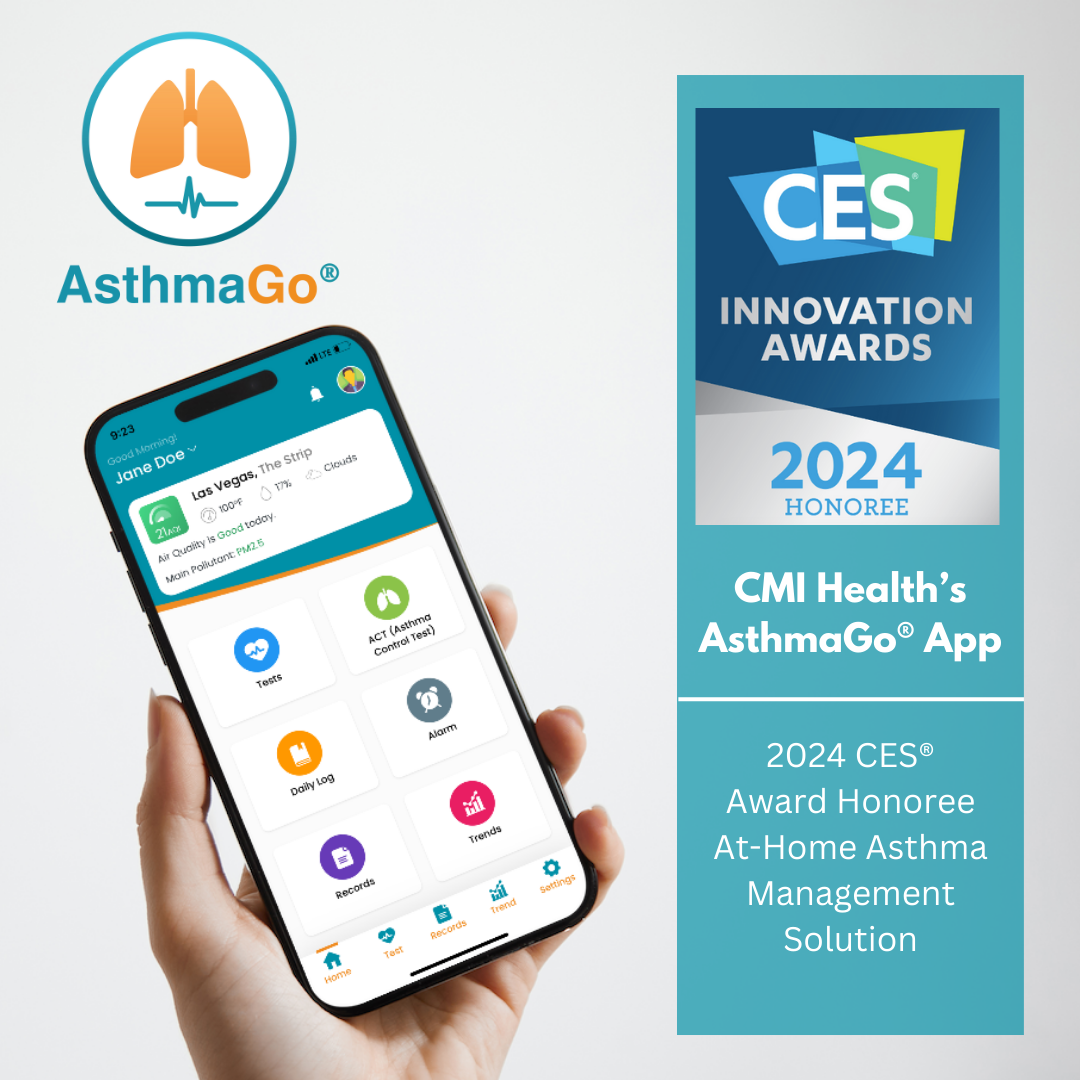
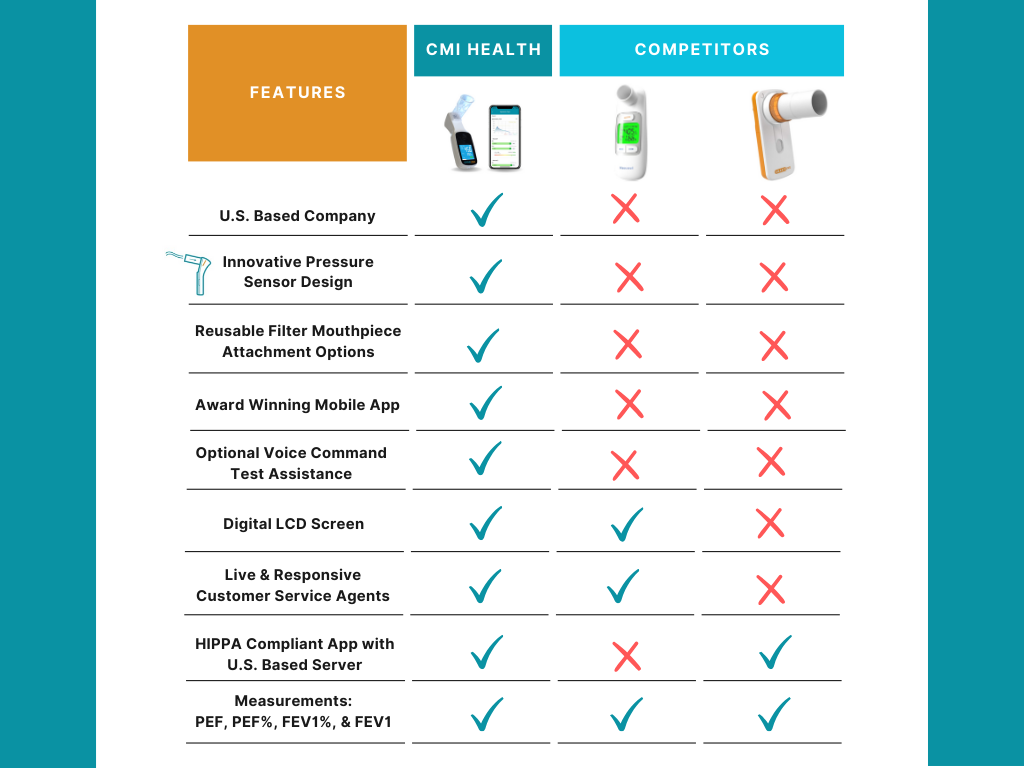
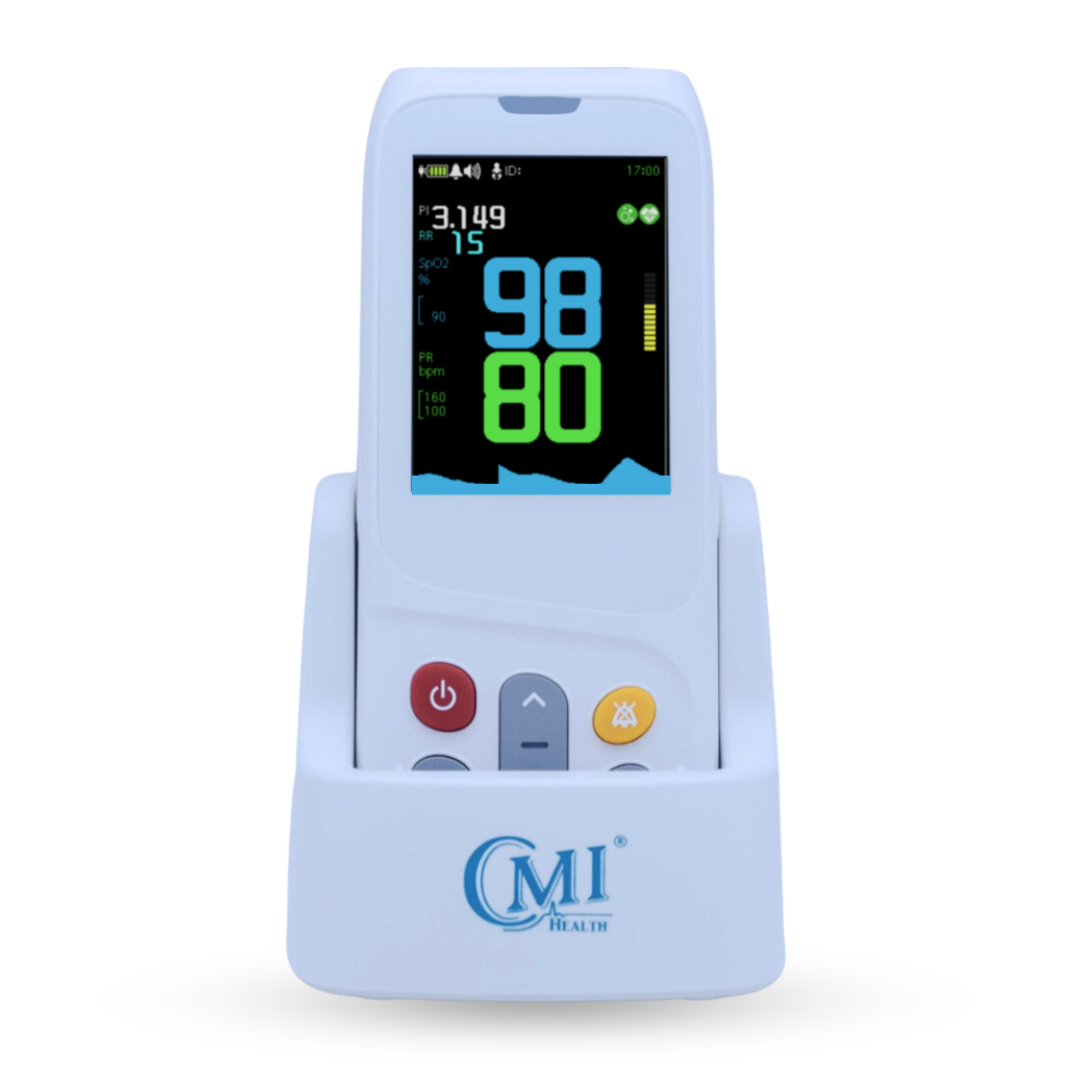
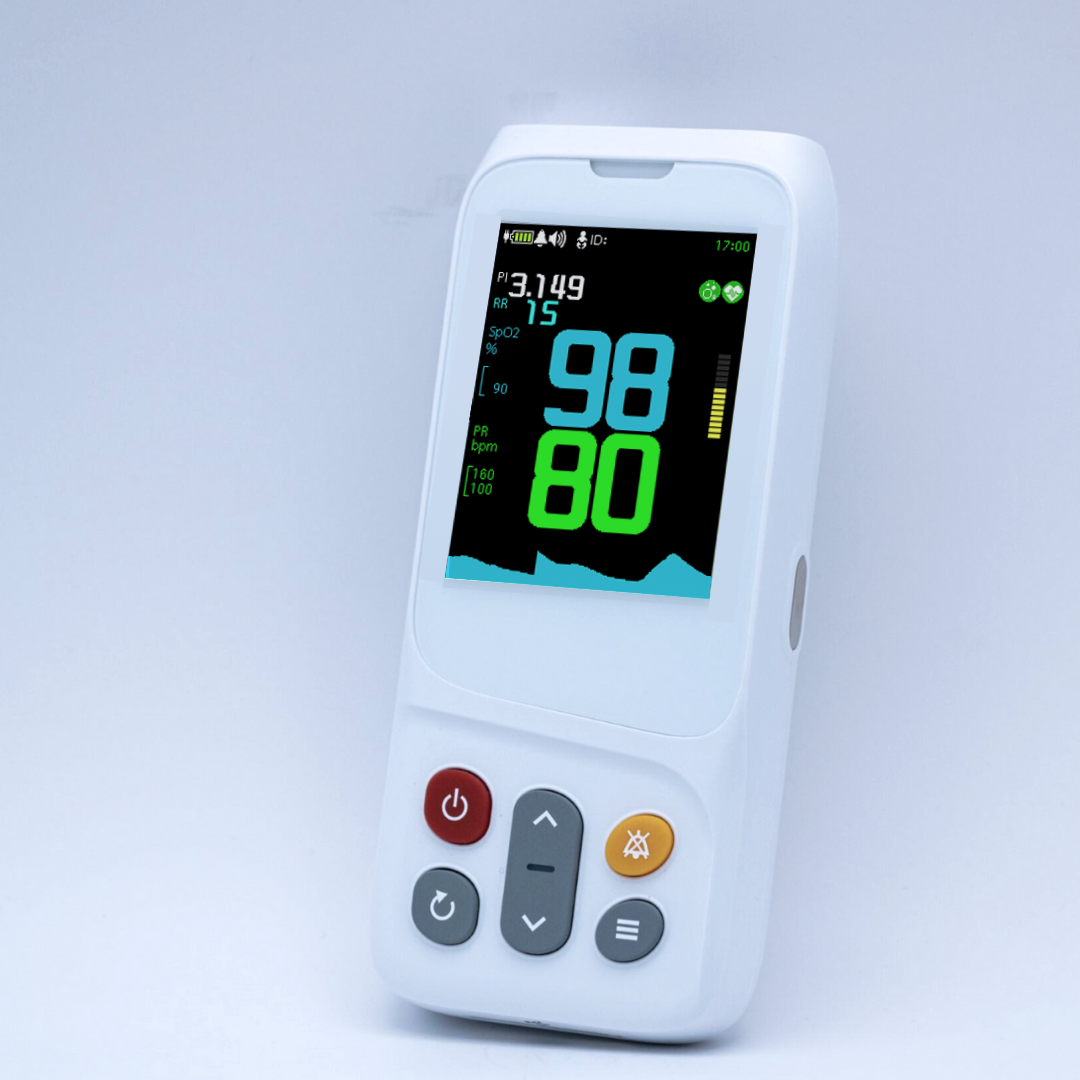
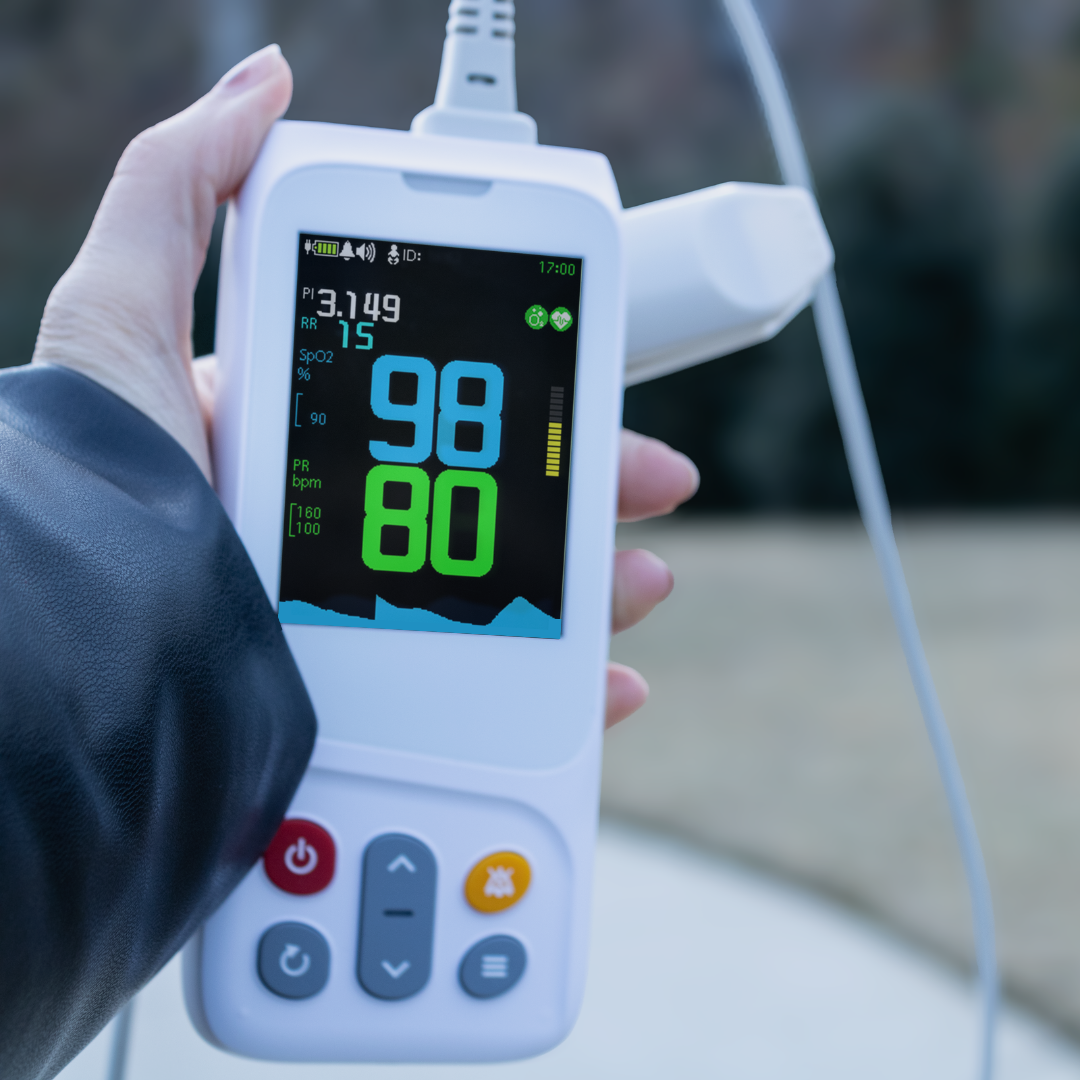

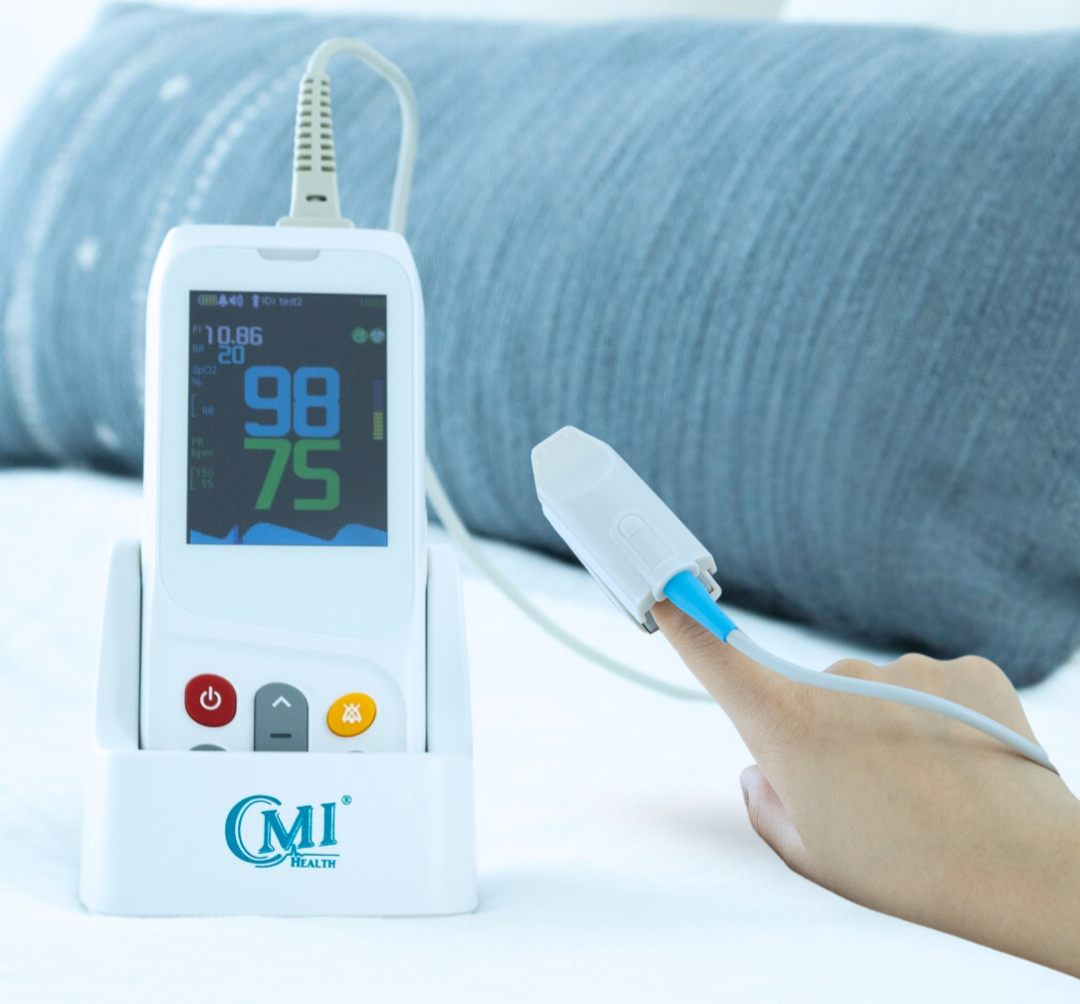
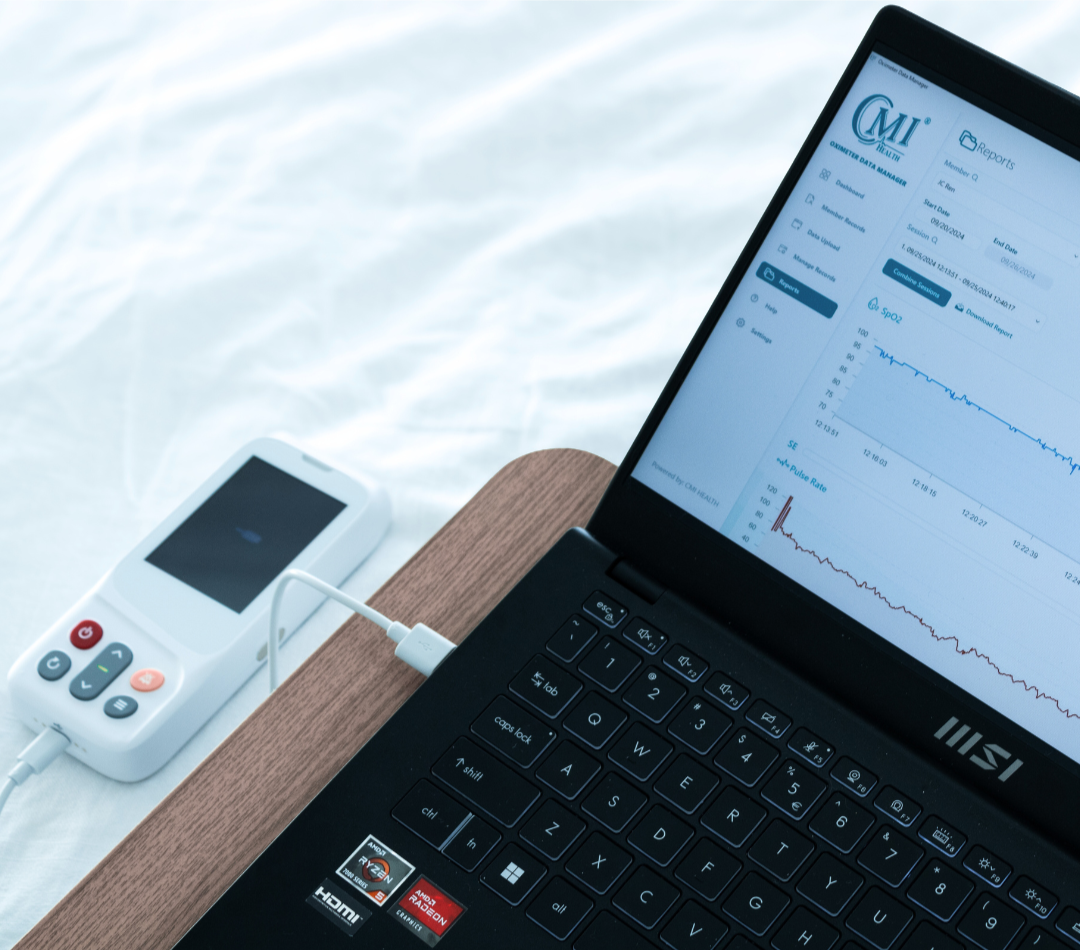


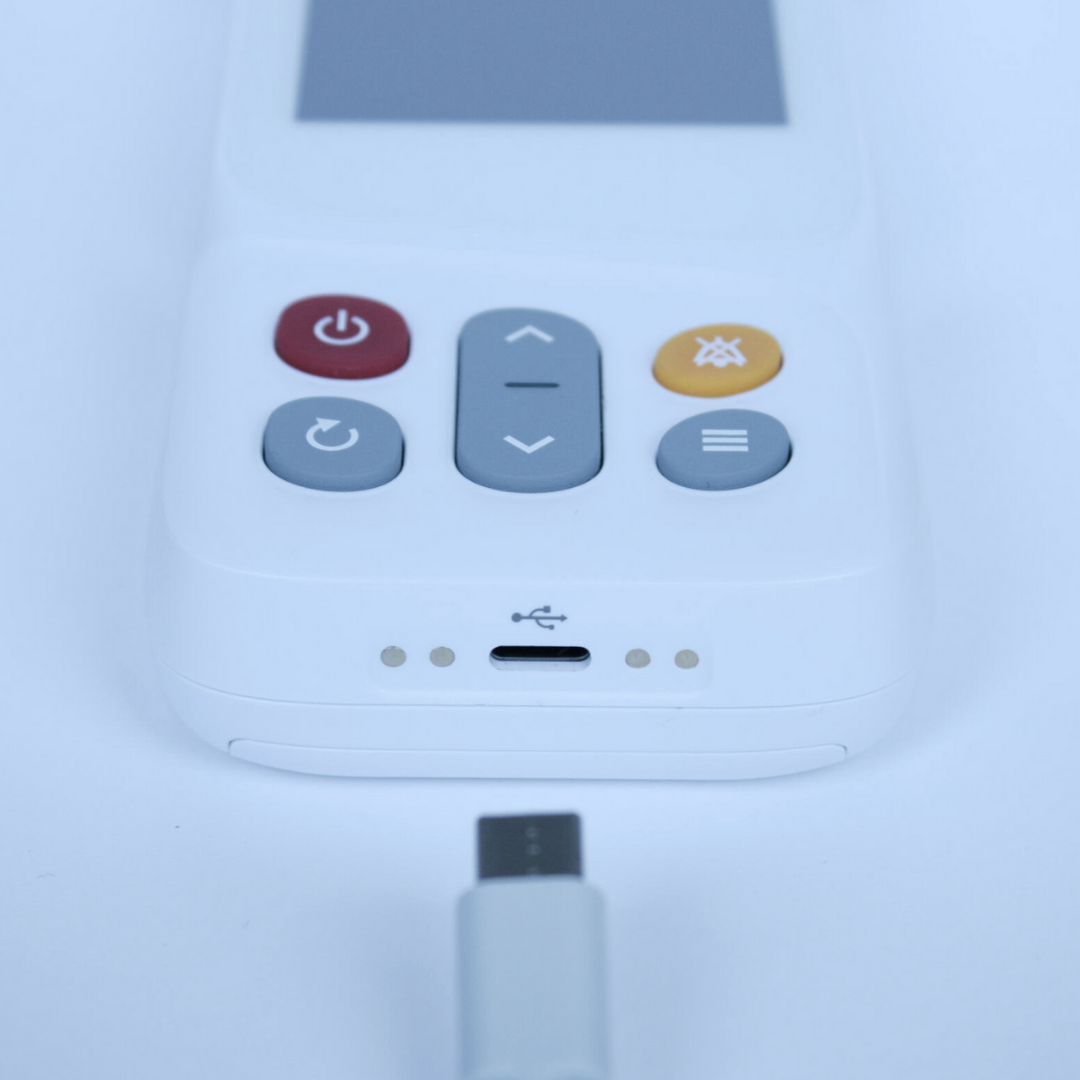
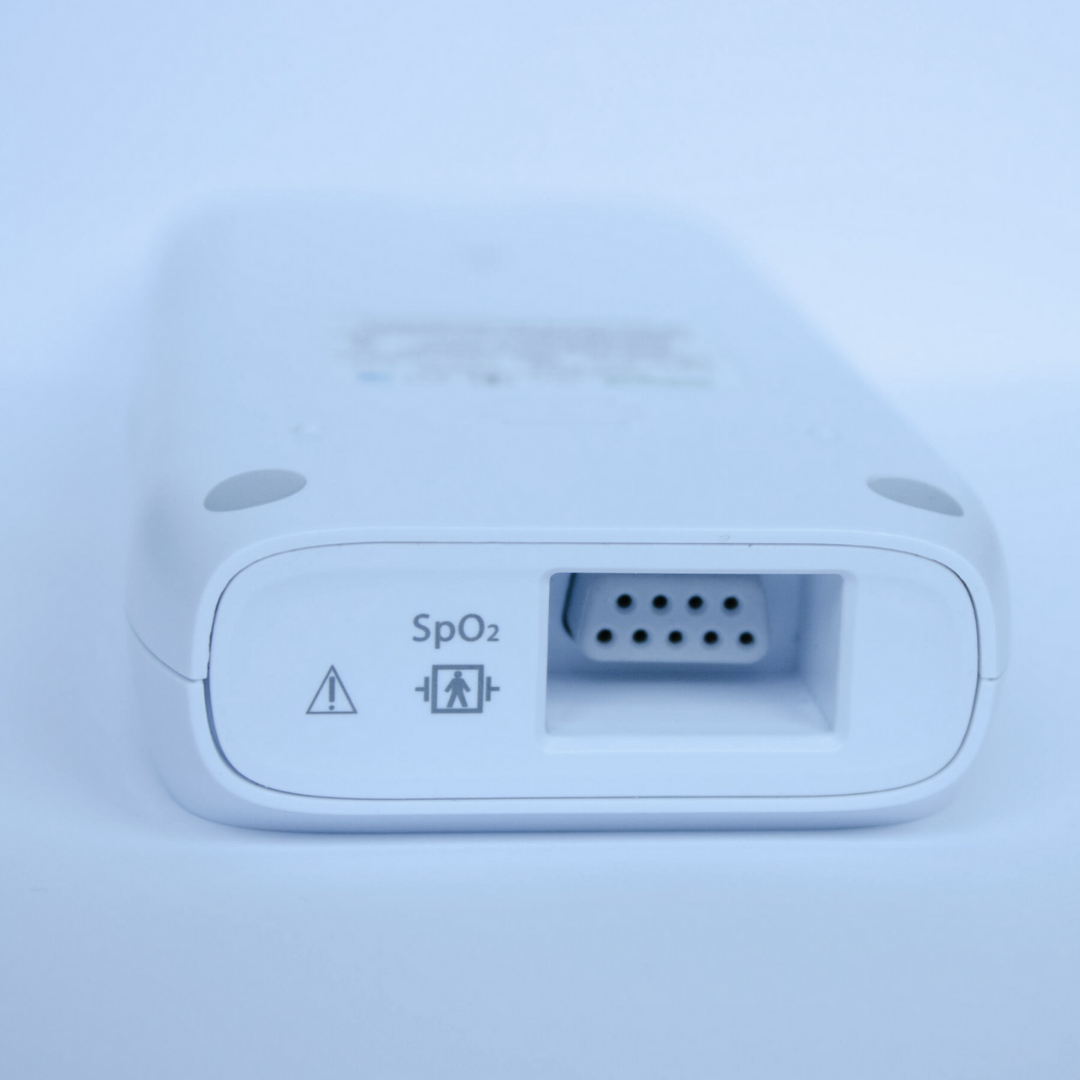
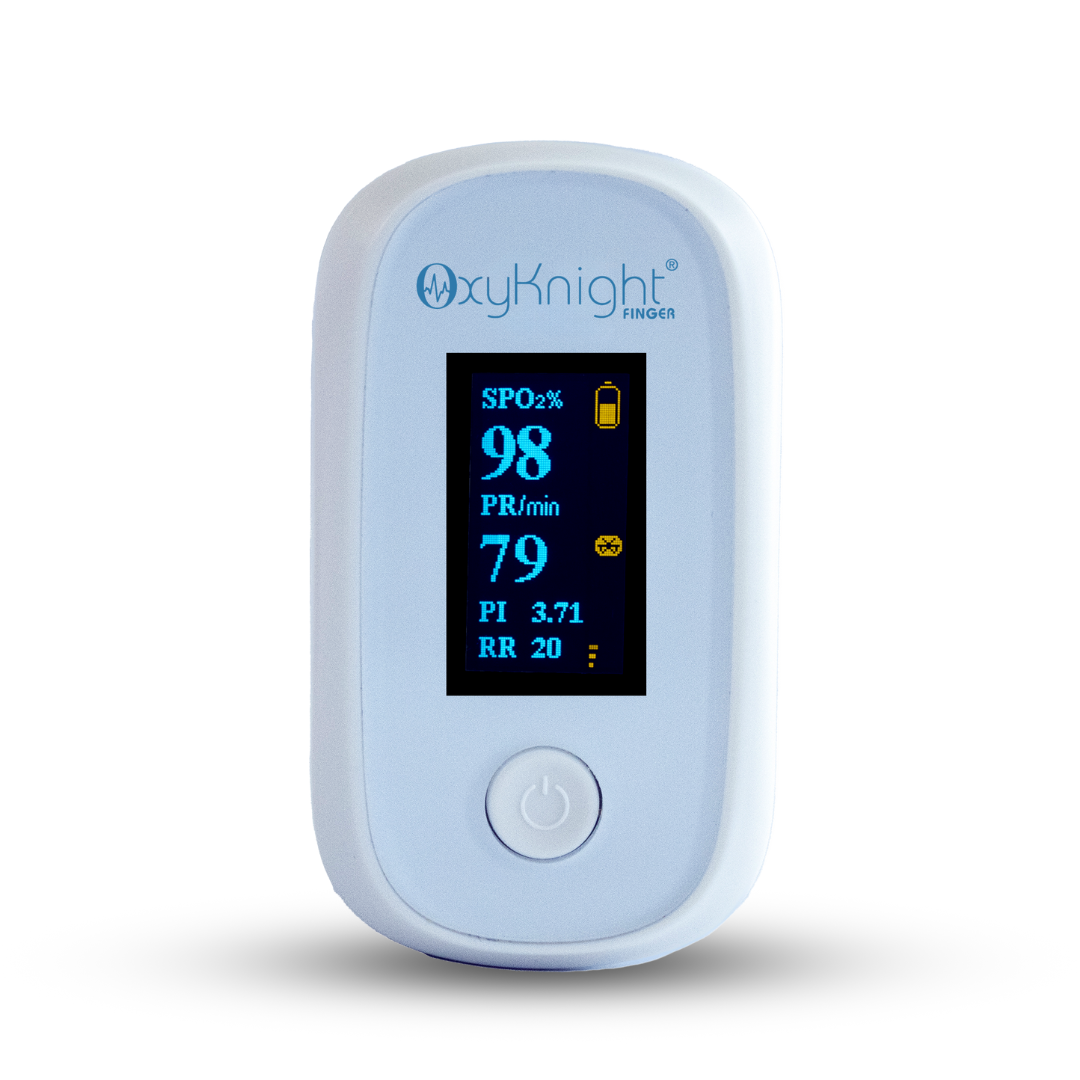


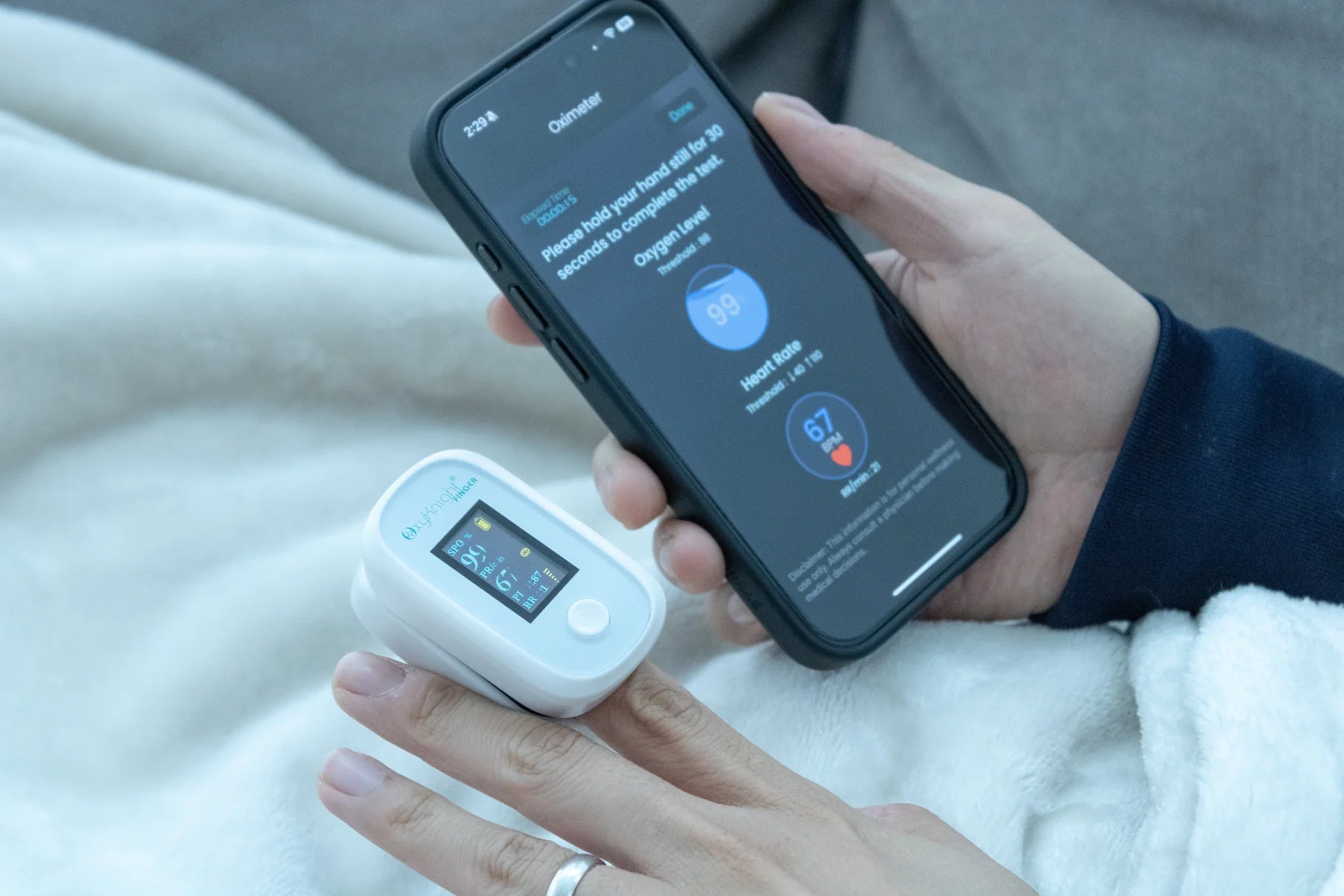


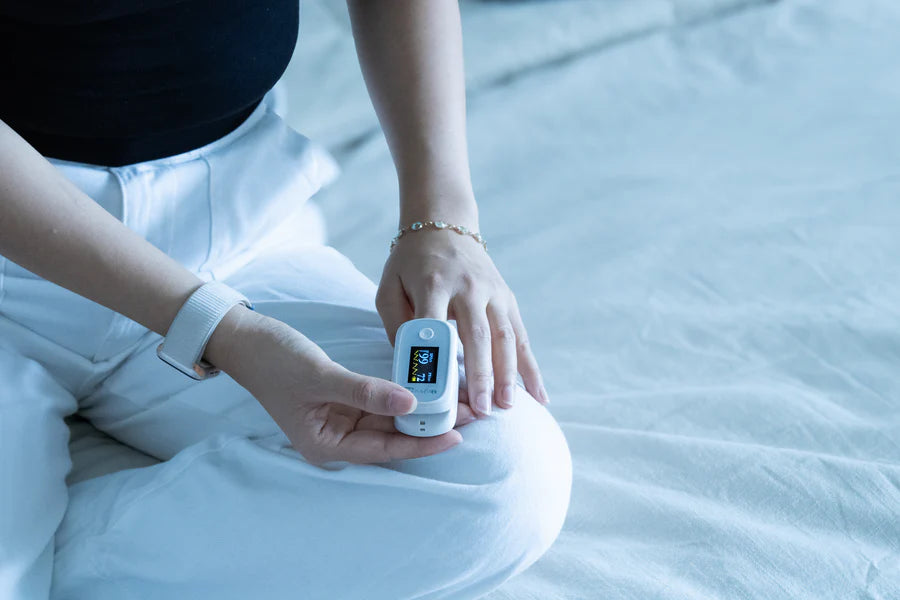

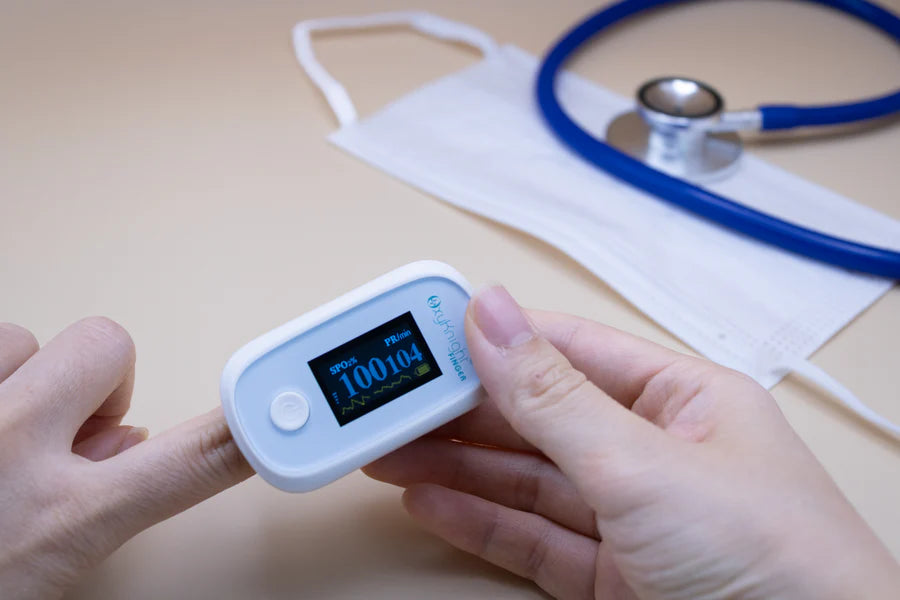




Leave a comment